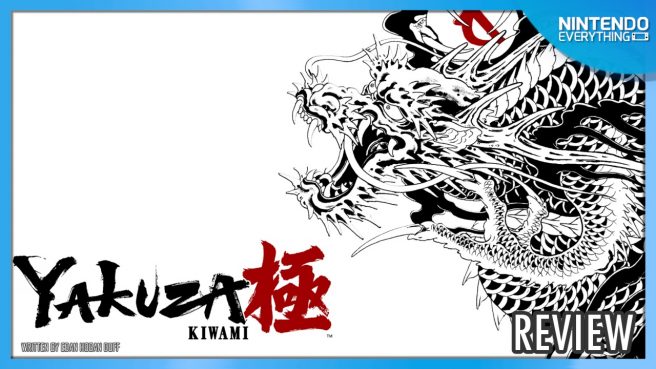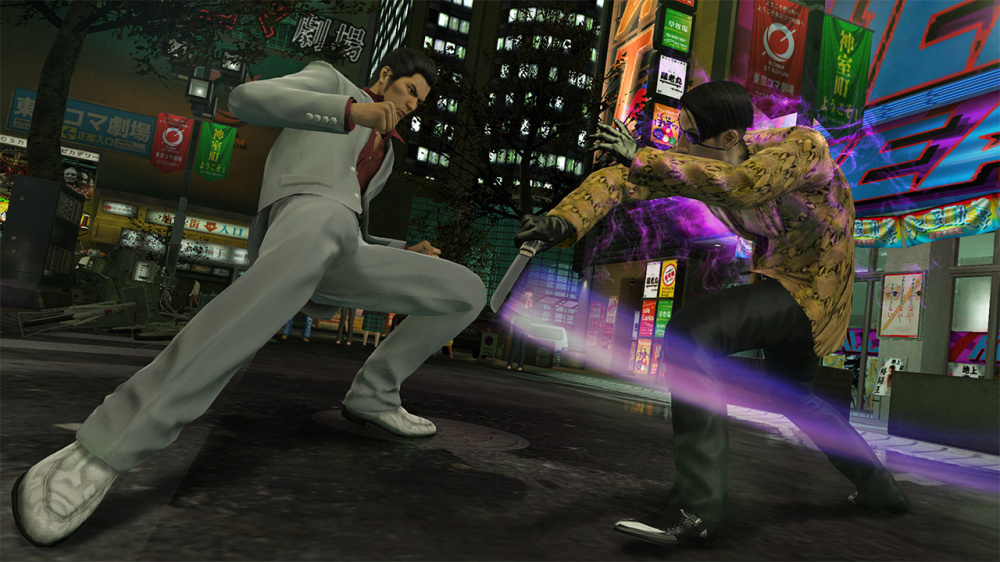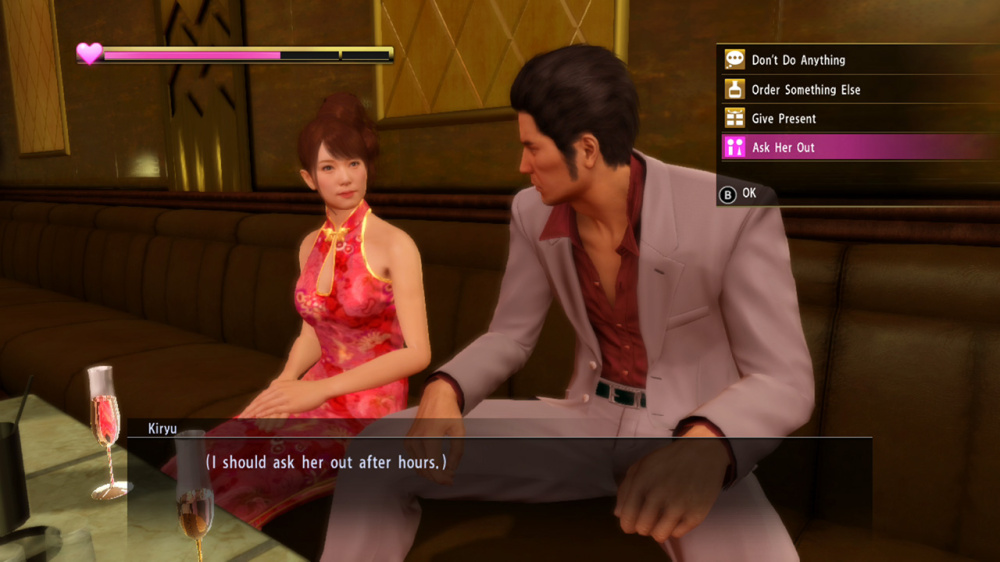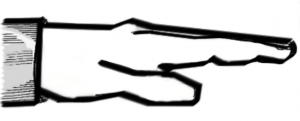System: Switch
Release date: October 24, 2024
Developer: Ryu Ga Gotoku Studio
Publisher: SEGA
Ask any cohort of gamers what their favorite aspect of SEGA’s Yakuza series is, and you’ll doubt that each person you’ve involved in your study is talking about the same game. Some will highlight its accessible yet more-ish combat, or perhaps the unshakeable morals of the series’ most illustrious protagonist, Kazuma Kiryu. Quiz anyone who owns a Switch, however, and they will likely bemoan the free-roam brawler’s absence on Nintendo’s hybrid console. With the machine now coasting through its autumnal years with a continuously stacked release schedule, SEGA has opted to bring Switch owners into the family by porting Yakuza Kiwami – a remake of the series’ inaugural outing – to the console that just won’t die.
Originally released for the PlayStation 3 and 4 in 2016, Yakuza Kiwami aims to bring the narrative of the original PS2 release of Yakuza in line with the gameplay and graphical style of the series’ later entries. Fixed cameras and Mark Hamill are out, and HD-rendered free-roam Tokyo districts are in. The game’s opening hour sees a martyr made of series protagonist Kazuma Kiryu, as he takes the fall for a murder committed by his best childhood pal. Fast forward 10 years to 2005, and the game begins in earnest with Kiryu being granted parole. Expelled from his family, and with the entirety of his local Yakuza chapter seemingly dead set on putting him in a body bag, Kiryu is let loose in a small yet densely activity-laden section of Tokyo’s seediest entertainment district. It takes approximately zero minutes for Kiryu’s devotion to the Yakuza and his staunch personal commitments to the people he cares about to begin tugging at one another. As with any good crime thriller, these allegiances are pushed to their absolute limits across the game’s 20-ish hour runtime.
As Kiryu, you mainly influence the game’s plot by punching and talking. Not to be reductive, but it’s a testament to developer Ryu Ga Gotoku’s ability to spin an engaging yarn that the game never really feels mechanically thin, despite its quickly identifiable and transparent structure. It also helps that the Yakuza series is completely and utterly absurd. It routinely slingshots you between ultra-serious, morally rooted monologues and zany, out-of-step minigames that revel in old-school Japanese quirkiness. One moment a lengthy cutscene will see Kiryu slumped over the injured body of a key ally, rain streaking down his cheeks as he chastises himself for not doing enough to protect them (despite doing absolutely loads to protect them). The next minute you’ve taken the poor man on a detour to the local pool hall or karaoke bar, and he’s belting out tunes to timed button presses. In a world where games are often achingly serious to the point of parody, the fact that Yakuza is so jarring is its strength. There are zero attempts on the developer’s part to justify the tonal inconsistency, and we love it for that.
With regards to the kicking and punching aspects of Kiryu’s journey, Kiwami keeps things relatively informal. Combat takes place in real-time (recent Yakuza games have switched to a turn-based system) with no convoluted combo inputs to be seen for miles – you’ll merely be mashing light and heavy attacks with gleeful abandon via four distinct fighting styles. There’s Rush – which is fast and light, Brawler – a balanced and steady middle-ground, Beast – a brutish and slow variant, and Dragon, Kiryu’s signature style and something of a latent superpower. Throughout the game, you can upgrade these movesets by spending XP, however, it’s the Dragon style that takes center stage when it comes to progression. Stalwart series anti-hero Goro Majima will routinely appear in a variety of disguises to try and coerce you into a friendly punch-up. Sometimes he’s a policeman that will frisk you for weapons, and if you’ve got any – well, that’s a fight. Other times he’s a grossly unprofessional taxi driver who will make you walk home if you don’t scrap with him. Through these optional battles, Majima is trying to help Kiryu gradually unveil the Dragon style’s true potential. It’s a great way to furnish what could have been a novel but intrusive bit of side-mission fun with relevance and reward. Outside of this, most of the game’s other side activities will reward you with CP that can be spent on other upgrades, like stat-boosting equipment, or trackers that will aid with collectible hunting. You buy these upgrades off of a man called Bob who wears full clown make-up and a gleaming white suit – just an FYI for you, there.
Yakuza has always been unique in its ability to balance these aspects by essentially not balancing them. Yes, it’s silly in spades, but Yakuza Kiwami’s story isn’t lacking where it counts. Kiryu and co’s motivations are campily professed, while still retaining plenty of emotion and movement. The juxtaposition between silly and serious brings to mind games like Saints Row 1 and 2, or Metal Gear Solid, where the player is trusted to be able to consider the game as a complete whole that is more than just the sum of its parts. I despise food allegories but you’re getting one anyway – games like Kiwami are a rare breed these days, a bumper buffet cheese-board of moods and gameplay where everything truly feels like it was made with care. Everything, that is, except for the Switch port.
Sadly, despite Kiwami originally releasing on a seventh-generation console, the version Nintendo fans are being treated to leaves plenty to be desired on a technical level. Performance, for starters, is outrageously variable. There seems to be no rhyme or reason as to when and where the game’s frame rate will fold in on itself. At times I found the game handily relaying brawls featuring upwards of five dudes, whereas a slow waltz down a barren sidestreet would send the frames per second tumbling into the low 10s. Snuggly resting next to the game’s wobbly frame rate is a very aggressive dynamic resolution setting. Cutscenes and combat sequences are generally kept acceptably crisp, however as soon as you start to freely explore Kamurocho, Kiwami takes on a look reminiscent of a PS Vita game, and not in a good way. The resolution dives to extreme depths to maintain a not-very-good frame rate. These issues could be excused if Kiwami still looked as good as it can on other platforms, but that isn’t the case either. Character models and textures have been decimated to fit the Switch’s narrow hardware constraints. With Yakuza’s signature district of Kamurocho being something of a central character in the series, the game’s identity does suffer thanks to its wonky presentation on Switch.
The Verdict
It’s these technical caveats that perhaps explain why Yakuza hasn’t made an appearance on Switch until now. Like many others, I was also mystified by the series’ absence on Switch, especially given SEGA’s otherwise fervent support for the console over the last seven years. Yakuza is a series with lots of fans all over the world that don’t own Steam Decks or ROG Allys, and would still like to take the franchise on the go with them. With that said, we’re well past the stage of a game’s mere presence on Nintendo’s hybrid being enough of a reason to buy it – that novelty wore off years ago. As it stands, Yakuza Kiwami is a very poor port of a great game – a great game that you already probably own on another console. Not only that, but it’s only one of an eye-watering 23 games in a very long-running series. If SEGA can spit-shine the game into a more respectable state post-launch then it might be worth a second look – until then, Kiryu’s heady mix of atonement/acceptance/karaoke is best experienced elsewhere.
A copy of Yakuza Kiwami was provided by the publisher for the purpose of this review.



